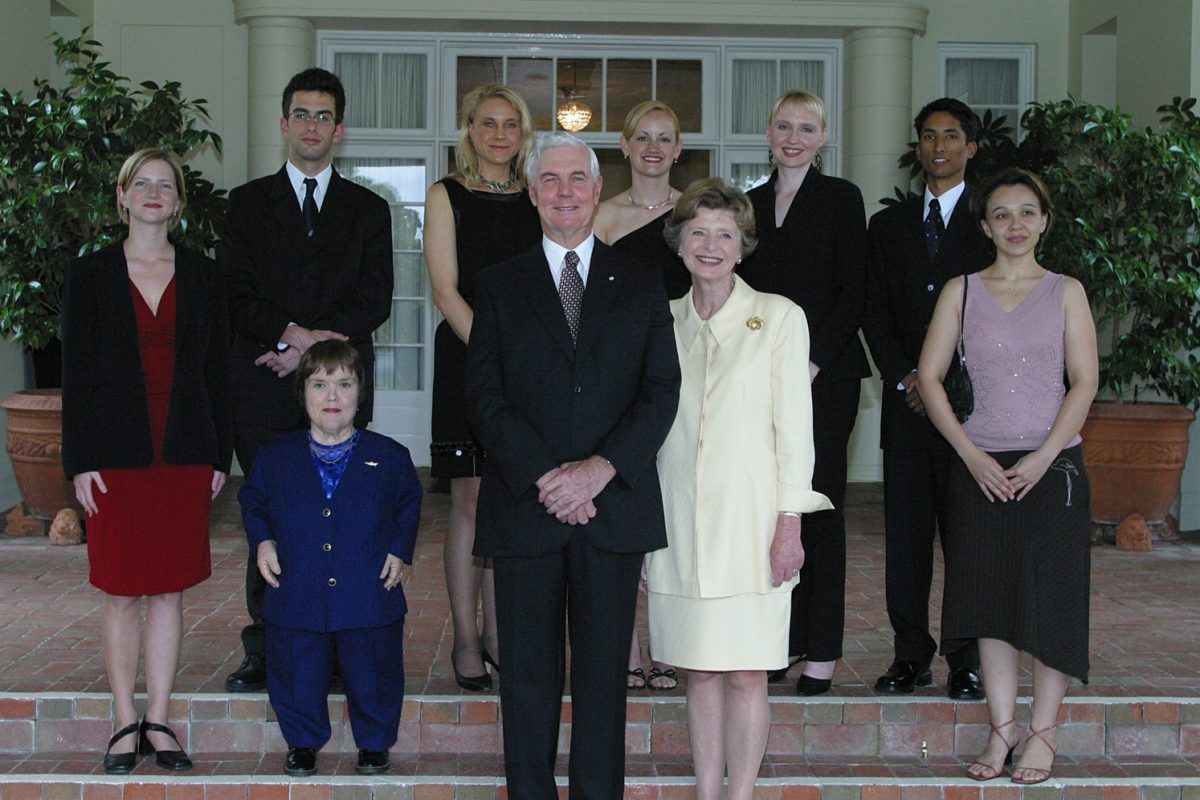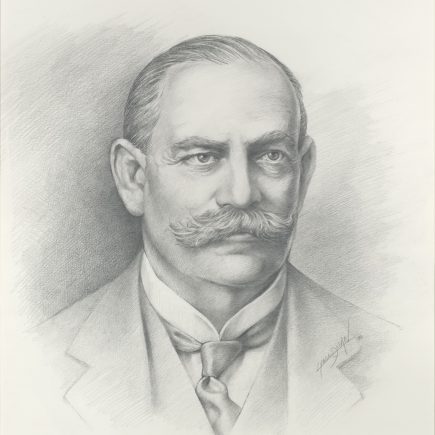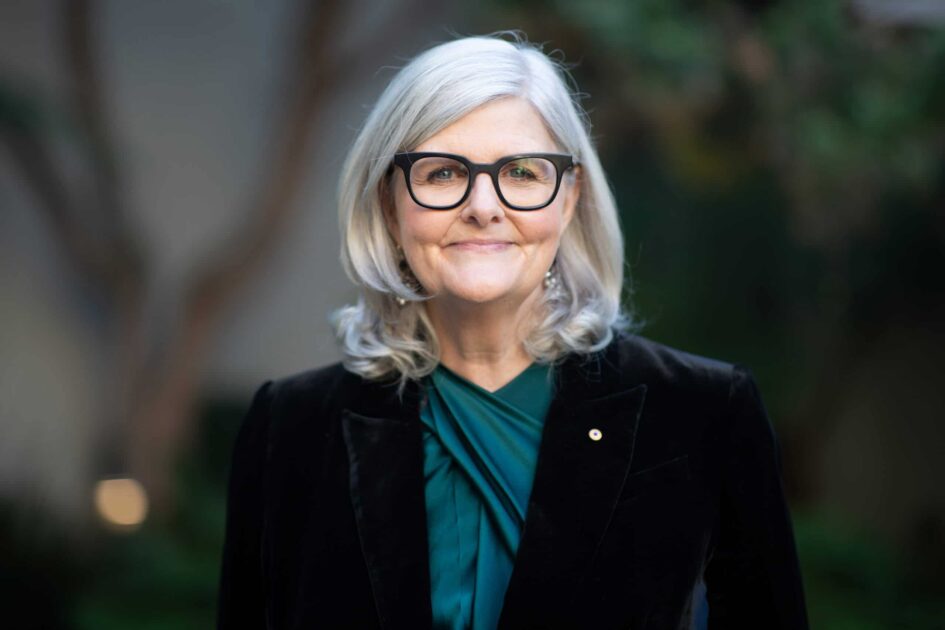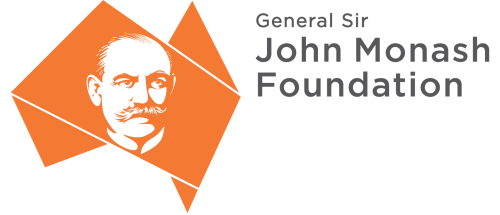
About us
For more than 20 years, the General Sir John Monash Foundation has backed talented Australians to advance their education so that together we can build a more resilient, prosperous and socially cohesive nation.

How a bold idea became a national success story
In 2001, a group of Australian business leaders and investors saw an opportunity to create a better future for all Australians by investing in its people.
Inspired by the enduring leadership of General Sir John Monash GCMG KCB VD, who believed in the power of education and nation-building, they established a postgraduate scholarship program that would connect talented Australians with the world’s best universities.
With backing from leading Australian corporates, universities, philanthropists and government leaders — including the Prime Minister of the day, the Honourable John Howard OM AC SSI — the General Sir John Monash Foundation awarded its first six John Monash Scholarships in 2004.
Today, 300 John Monash Scholars are leading across 21 fields of expertise that shape Australia’s future, from medical breakthroughs to climate solutions and social justice.
““The privilege of education carries great responsibilities – it is given not for individual benefit alone, but to befit persons for the higher duties of citizenship and for roles of leadership in all fields...””
General Sir John Monash GCMG KCB VD
Find out more about the Foundation’s inspiration, General Sir John Monash.


Our purpose
“Australia is fortunate in the wisdom and leadership of the General Sir John Monash Foundation in playing such a vital role in stewarding our future.”
Her Excellency the Honourable Sam Mostyn AC
Governor-General of the Commonwealth of Australia and Patron-in-Chief, General Sir John Monash Foundation

We are supported by outstanding Australian leaders
Our mission is made possible through the generosity of Australians leaders across every sector – government, business, university and civil society.

















Annual reports
Our annual reports are available to learn more about the Foundation’s outcomes and ambitions.

